Marine Science
Understanding the growth of coral reefs
Determining the growth dynamics of Red Sea coral reefs has enabled researchers to establish a baseline to assess the effects of environmental change.
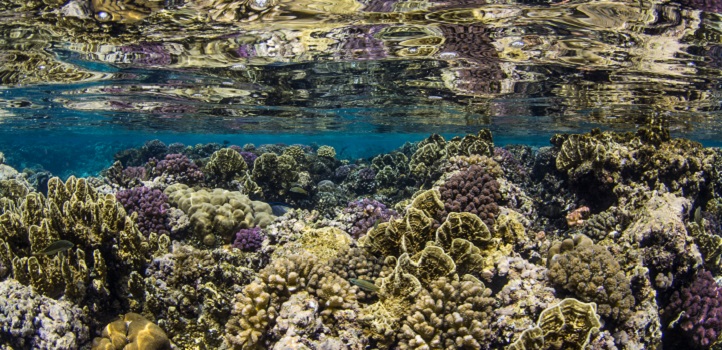
Researchers have measured the dynamics of coral reef growth in the central Red Sea, establishing a baseline that can be used to evaluate how the reefs are affected by climate change or events, such as the global bleaching event of 2015-2016.
To get a complete picture of reef growth, the team measured the accretion and erosion of carbonates and estimated the ecosystem carbonate budget at various distances from the shore. The analysis showed net erosion at the nearshore site, a balance between erosion and accretion at the midshore site, and significant reef accretion offshore.

The researchers determined the overall accretion or erosion rate by deploying limestone blocks like these pictured at sites 3, 10, and 25 kilometers from the shore and by measuring the change in their dry weight over time.
© 2018 Tane Sinclair Taylor
The KAUST research team of two Ph.D. students and two postdocs also analyzed biotic and abiotic factors at the sites, enabling them to investigate processes contributing to the growth patterns. For example, the abundance of parrotfish near the shore was associated with a lower carbonate budget, while greater coral and coralline algae abundance at the offshore site drove greater calcification. Abiotic conditions at the nearshore site were both more extreme and more variable. “These are both challenging factors for reef organisms, in particular for reef builders,” explains lead author, Anna Roik, formerly at KAUST, but now in GEOMAR Helmholtz Centre for Ocean Research in Germany.
In keeping with recent reef growth estimates elsewhere, the Red Sea rates are lower than rates measured 20 years ago, which at the time were proposed as a standard for a healthy reef.
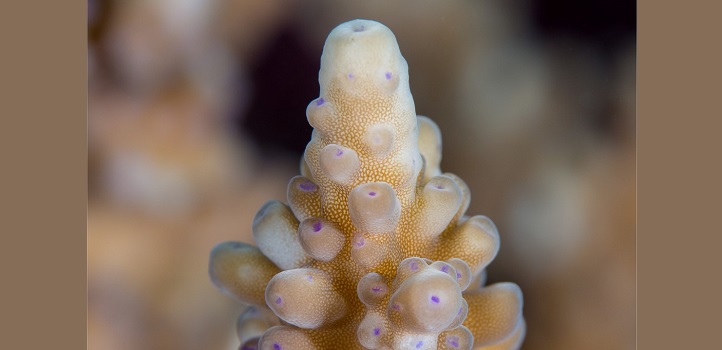
A close-up of the fragile polyps of a branching coral belonging to the Acroporid coral group, a highly diverse coral genus of fast-growing corals crucial to reef growth. Acroporids form the 3D structures that offer shelter to reef organisms, but many of them are sensitive to environmental disturbances, such as the effects of climate change.
© 2018 Anna Roik
“The loss of the coral reef ecosystem translates into the loss of ecosystem services to coastal populations, including income from fisheries and tourism or protection from storms and flooding,” says Roik. “The loss of the extraordinary biodiversity of coral reefs is a result of loss of the coral-reef framework. It also means that we are losing undiscovered and undescribed species, as well as yet undiscovered biologically active chemical compounds that could have medical or scientific applications and promote future technological progress.”

A nearshore reef site in the Red Sea with a monitoring station (left) and limestone blocks (right). At nearshore sites, the communities are dominated by soft corals, sponges and some macroalgae.
© 2018 Anna Roik
References
- Roik, A., Röthig, T., Pogoreutz, C. & Saderne, V & Voolstra, C. R. Coral reef carbonate budgets and ecological drivers in the central Red Sea – a naturally high temperature and high total alkalinity environment. Biogeosciences 15, 6277-6296 (2018).| article
You might also like
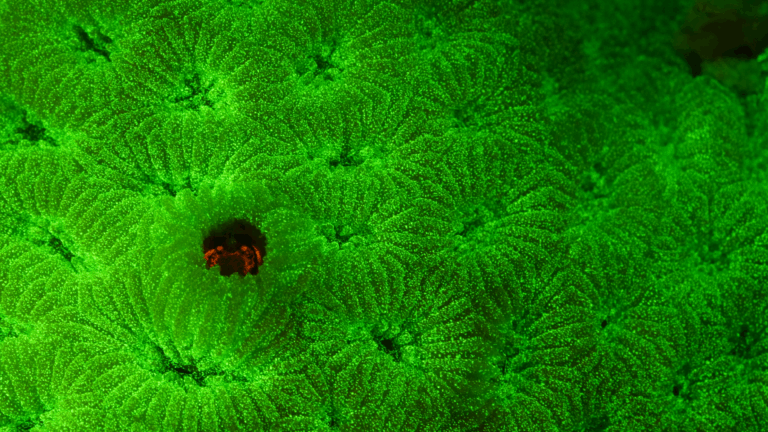
Marine Science
Tiny crabs glow to stay hidden

Marine Science
Mass fish deaths linked to extreme marine heatwave in Red Sea

Marine Science
Weeding out the secrets of Red Sea macroalgae

Bioscience
Digging into the world of plant-growth-promoting microbes
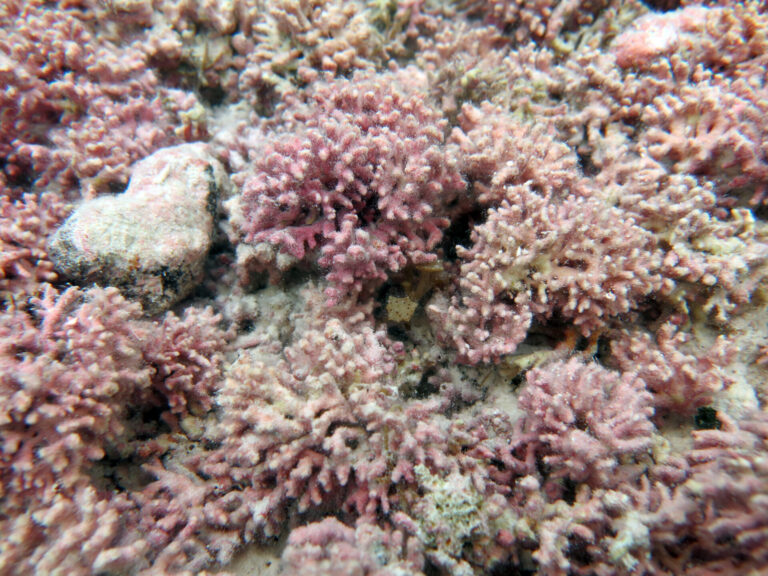
Marine Science
Rhodoliths found in a surprise location

Bioscience
Unique microbiome discovered in mountain streams
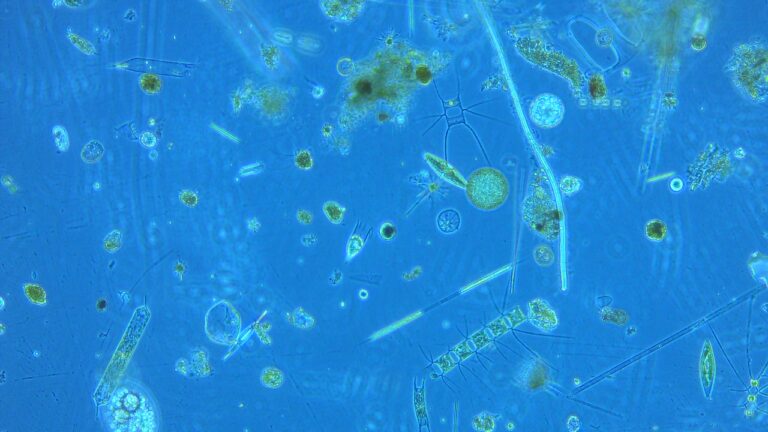
Marine Science
Examining phytoplankton’s past to reduce future algal blooms

Marine Science




